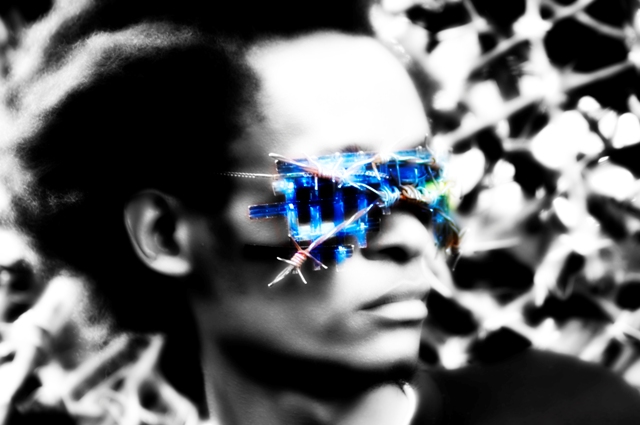News from Civsy, based on generative AI tools and retrieval-augumented real time data searchThe streets of Lusaka were alive with voices demanding justice on April 3, 2025, as hundreds of Zambians gathered to protest the alarming rise in child rape cases. Among the protesters were prominent musicians, including Daputsa Nkhata-Zulu, widely known as Sista D, and other artists such as B’Flow and Wezi Heartsound. Together, these cultural figures joined civil society groups and activists to call for urgent legal reforms to protect Zambia’s children from sexual violence[1][2][3].
Sista D’s Leadership in Advocacy
Sista D emerged as a key figure in the protest, blending her artistic influence with direct activism. Known for her bold rhetoric and commitment to justice, she advocated for castration as a deterrent for child rapists, stating that such individuals “don’t deserve the pride of manhood.” Her presence at the protest was both symbolic and active—she marched alongside other demonstrators, delivered impassioned speeches, and helped submit a petition to Vice-President Mutale Nalumango demanding stricter laws[1][2][3].
Sista D’s advocacy is deeply rooted in her music. Her song *Vitendeni* remains one of Zambia’s most powerful anthems against child abuse. Through vivid storytelling and emotionally charged lyrics, she condemns perpetrators while calling for accountability. Her ability to translate societal outrage into art has made her a leading voice in the fight against gender-based violence (GBV)[1][2].
Fellow Artists Amplify the Cause
Joining Sista D were other influential Zambian musicians who lent their voices to the movement. B’Flow, known for his socially conscious music, used his platform to rally support for legal reforms. Similarly, Wezi Heartsound brought her soulful artistry to the protest, emphasizing the importance of protecting Zambia’s children and addressing moral decay within society[2][3].
These artists not only participated in the march but also amplified its message through their platforms, ensuring that the demands for justice reached wider audiences. Their involvement highlights how music can serve as a powerful tool for advocacy, inspiring collective action and fostering societal change[1][2].
Art and Activism: A Powerful Combination
The protest showcased how Sista D and her fellow artists use creative techniques to convey their message. Music remains central to their advocacy; Sista D’s songs like *Vitendeni* evoke strong emotional responses from listeners by vividly portraying the horrors of child abuse while urging communities to take action. Her lyrics resonate deeply with audiences, making it impossible to ignore the urgency of these issues[1][2].
In addition to music, Sista D employs bold rhetoric to challenge societal norms and demand accountability. Her call for castration as a punishment for child rapists is provocative yet effective in sparking critical conversations about justice. At protests like the one in Lusaka, she uses her physical presence strategically—marching alongside activists and aligning herself with banners and slogans that reflect the movement’s demands. This visual representation reinforces her dual role as an artist and activist[1][3].
Sista D also amplifies survivor voices through her art and public advocacy. By telling their stories, she humanizes the issue of GBV, moving it beyond statistics to focus on real lives affected by these crimes. This approach fosters empathy while inspiring collective action. Furthermore, her collaboration with civil society organizations ensures that her efforts are part of a larger movement pushing for systemic reform[2][3].
A Movement Fueled by Art
The involvement of artists like Sista D, B’Flow, and Wezi Heartsound underscores the critical role of cultural figures in addressing societal crises. Their participation in protests not only amplifies public outrage but also inspires hope for change. As Zambia grapples with this national crisis—over 10,000 cases of GBV involving children were reported in late 2024—these artists remind us that art can be a powerful force for justice[1][2][3].
By combining music’s emotional power with direct activism, these artists have become leading voices in Zambia’s fight against GBV. Their efforts highlight how art can transcend entertainment to become a catalyst for social transformation—a reminder that creative expression has the power to inspire change and demand accountability even in society's darkest moments[1][2].
Citations:[1] https://africabriefing.com/zambians-protest-child-rape-demand-justice/[2] https://www.bbc.co.uk/news/articles/cd7vnl0g0zpo[3] https://medafricatimes.com/39590-zambians-protest-surge-in-child-rape-cases-demand-harsher-punishments.html








